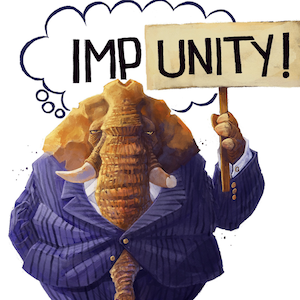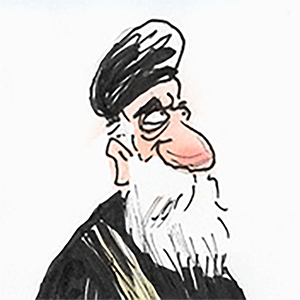Doctors perceive some patients' pain differently. Can neuroscience explain why?
Published in News & Features
People tend to think about pain as a biological process, says Elizabeth Losin, a biobehavioral health professor at Pennsylvania State University.
“You step on a thumbtack, it sends a message up to your brain and sets off an alarm, and that’s it,” she said in a recent interview.
But people of different genders and races often report different experiences with pain. And doctors’ own biases influence how that pain is treated. Women and Black patients, for example, tend to report higher levels of pain, but are less likely to get adequate treatment for it, Losin said.
Losin has been studying these issues for years, employing MRI scans, detailed questionnaires, and simulated patient-doctor interactions — with study volunteers who wear devices that induce real pain — to understand how our brains perceive pain, whether in our own bodies or in someone else’s.
Last week, she presented some of that research at the Big 10 Neuroscience Annual Meeting, hosted at Penn State, showing participants how scientists can use neuroscience to study health disparities. (This reporter was also a presenter at the event.)
Losin discussed her work and how she hopes it can help train doctors to combat these biases in an interview with The Inquirer, lightly edited for brevity.
What happens in our brains when we see another person in pain?
We have known for about a decade that when you look at somebody else in pain, the pain circuitry in your own brain lights up to some degree.
A person’s pain circuitry lights up more when they see someone in pain whom they perceive to be similar to them. That can be demographic similarity, or someone with whom we have an established relationship, like a friend or family member. I vicariously experience your pain with my own nervous system more if I think we’re alike.
But virtually none of that research has been done on medical professionals. Is that effect seen in them? And is it related to their pain assessment and treatment decisions?
Our first study on (brain) imaging data is suggesting that the more a medical student has that vicarious pain response, the more (they agree) with a patient’s assessment (of their own pain), and they’re more likely to prescribe that person a (painkiller). So it seems to matter for pain treatment decisions.
Now our challenge is going to be to figure out if we can train that somehow. Can we teach people to engage that empathetic mechanism more?
How do women and people of color react to the findings of this research?
Speaking with women about this research, and also people from minoritized racial and ethnic groups, I hear, “Of course.” Like, “Yes, this is our reality.”
There’s certainly a feeling of urgency that this needs to be addressed, but I think also skepticism as to whether it really can be, because it’s been a problem that’s been so persistent.
But I think, to some degree, the reason it’s been persistent is because there hasn’t been a lot of research in this area, or there’s been research documenting the phenomenon, but not as much on trying to understand its (brain) mechanisms so that we can better inform our interventions.
What are some common biases about pain?
In some of the research I was presenting (at the conference), we’re looking at conscious biases. And people — med students — are explicitly believing stereotypes that often run exactly counter to the data. For example, non-Hispanic white individuals are believed to be more sensitive to pain than non-Hispanic Black individuals. The research suggests exactly the opposite.
A lot of researchers in sociology and anthropology will trace these false beliefs about biological differences between Black and white Americans to the legacy of slavery: The belief that enslaved people felt less pain helped justify the institution of slavery.
Similarly, with women, there’s this ancient idea of hysteria. The more extreme versions of it seem outdated, but the legacy of those ideas that women are overly emotionally expressive live on in people’s minds.
Doctors are people too, with the biases that the rest of us have, and medical school doesn’t erase those biases.
How do these biases play out at a doctor’s appointment?
Past experiences of discrimination were consistently one of the highest predictors of reports of increased pain on the part of African American participants (in one of our studies on pain).
There’s also a reluctance to seek treatment, based on data from questionnaires I and other researchers have conducted: “I can’t be helped, or I’m not going to get the help I need.” There’s frustration and disillusionment about not being taken seriously.
How can the medical establishment address these disparities?
The changes that are needed to address these disparities are at a system level. I can say, “If you’re a woman or part of a minoritized racial and ethnic group, you are going to get better treatment if you go in ready to advocate for yourself,” but that is not equally accessible to all people. To really gain traction on these issues requires change at the level of the medical system.
Our hope with our research is that we can eventually help effect some of that systems-level change.
_____
©2025 The Philadelphia Inquirer. Visit inquirer.com. Distributed by Tribune Content Agency, LLC.







Comments